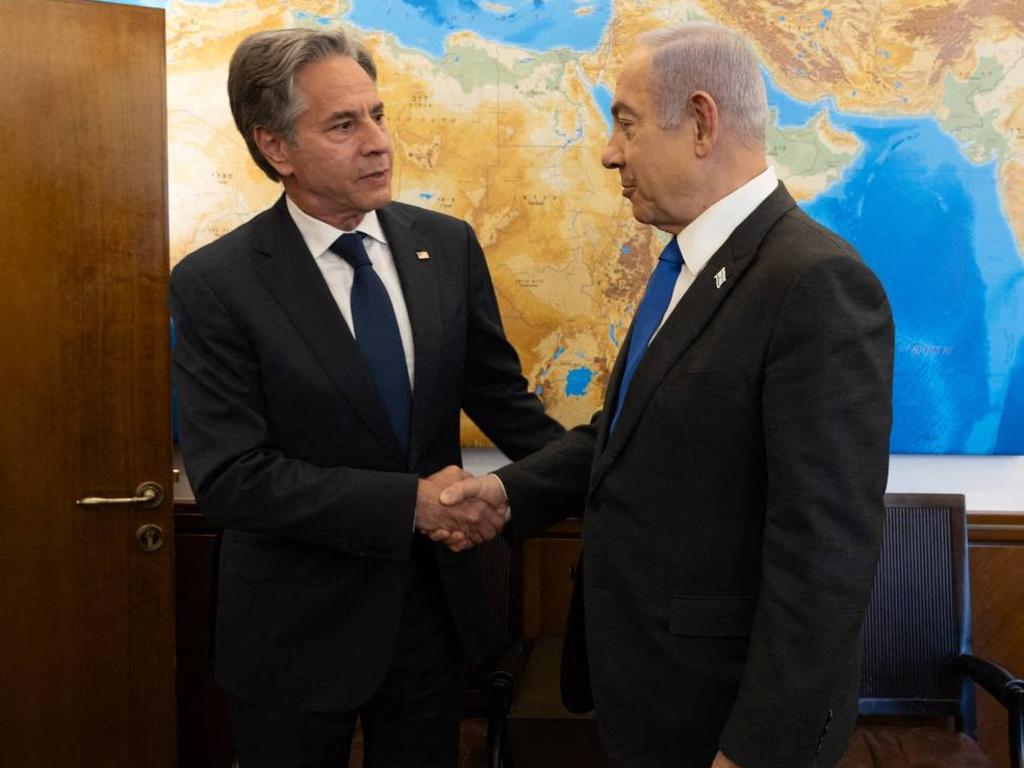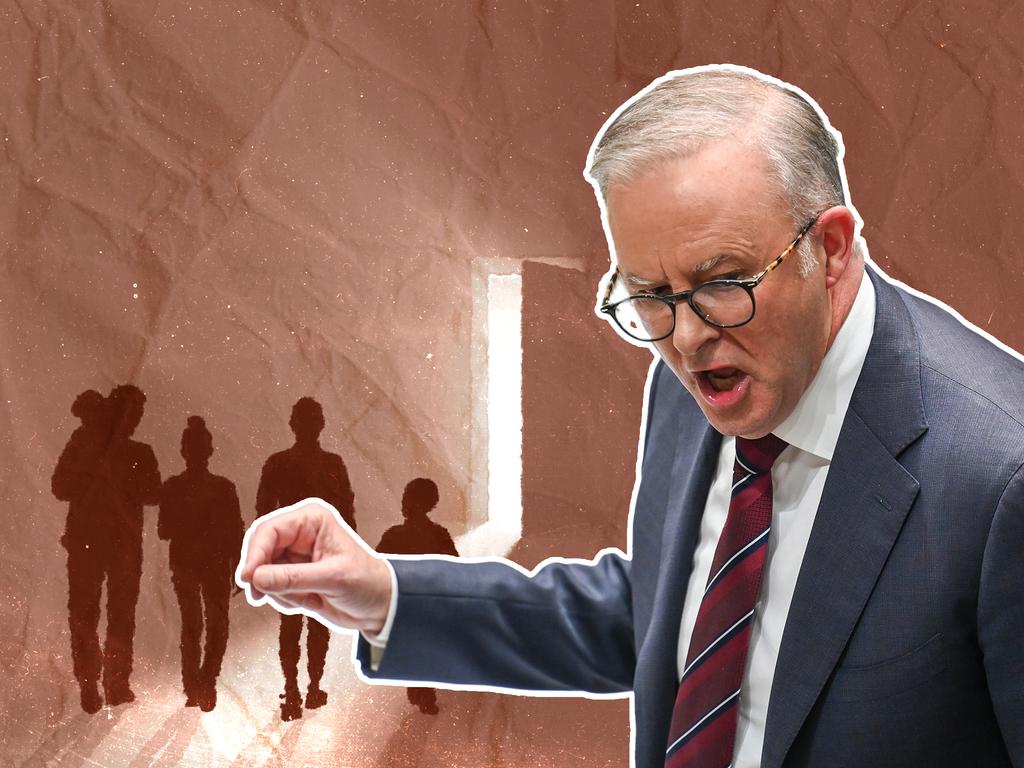Why Iran is holding back from a wider war

After Iranian-made missiles fired by Hezbollah units killed a dozen children in the Israeli-controlled Golan Heights late last month, Israel organised the assassination in Beirut of a Hezbollah commander, and a day later killed a Hamas leader as he slept in an Iranian Revolutionary Guard guesthouse. Since then, the world has been waiting for the response. Would it come in the form of a tit-for-tat attack, part of the grammar of the current conflict in which Israel launches punitive action against the various proxy armies of its arch-enemy, the Iranian Revolutionary Guard Corps? Strike, counter-strike, counter-counter-strike, followed by a lull.

Since Israel’s targeted assassinations revealed how deeply Mossad has infiltrated the IRGC, would Iran strike a Mossad site and deem that to be a proportionate response? Or would Tehran’s initiative come in a huge combined display of strength, a co-ordinated missile assault mounted by Iran, Lebanon-based Hezbollah and other of its allies, exceeding that mounted in April?
That bombardment, involving 170 one-way drones, 30 cruise missiles and 120 ballistic missiles, was foiled by Israel’s Iron Dome air defences, helped by the US and others. A follow-up would have to be bigger, more effective, and go well beyond an eye for an eye. The head of US Central Command, Michael Kurilla, is popping in and out of Israel to discuss another complex air defence operation, should Iran go for that kind of escalation. A US carrier strike force bearing F-35C fighters has entered the region; a guided missile submarine is on its way. Others inside Israel are bracing for an Iranian cyberattack.

But what stands out so far is that nothing has happened - no escalation, no simultaneous suicide attacks: the dog that didn’t bark in the night. The usual western listening posts have heard nothing that suggests imminent major action. Hezbollah has stepped up its cross-border fire from southern Lebanon into Israel but this is being treated, despite the displacement of civilians on both sides of the border, as little more than business as usual. Hezbollah’s dilemma remains: how to pressure Israel without provoking all-out war. The bloody second Lebanon war in 2006 has scarred a generation. The Hezbollah leader, Hassan Nasrallah, has started to tone down his language. “I’m not saying the goal of this battle is to eliminate Israel,” he says, although this is indeed a long-term Hezbollah ambition. “The goal of this battle is to prevent Israel from winning ... [and from] eliminating the Palestinian resistance.”

There is pretence in that statement; he seeks to show solidarity with the Palestinian cause, since this gives his own fight greater legitimacy, but his support for Hamas is more muted. When in 2011 the Syrian autocrat Bashar al-Assad was being rocked by a popular uprising, he begged Iran for help - and got it in the form of thousands of Hezbollah fighters. Nasrallah promised he wouldn’t let Syria fall into the hands of America, Israel or the infidels. On the other side of the barricades were Hamas fighters, recruited to bolster the anti-Assad rebels.
The point of Iran’s proxy legions, then, is to remember they are not always allies, let alone friends. Hamas are Sunnis; Hezbollah are Shia and are more closely bonded to Iran. Nasrallah’s arsenal - surface-to-air missiles, anti-tank guided missiles, Scuds and Yakhonts - is what allows Hezbollah to boast it can fire 3,000 missiles a day for three weeks against Israel. That makes Israel’s northern border a live issue but it’s not an overwhelming deterrent to Israel’s commanders; generalship has improved since 2006, the Israelis have the technical edge in kit and command and electronic warfare.
Tehran’s liaison men linking the IRGC and Iran’s foreign legions seem to be urging a more carefully phased response. The regime of its newly elected president Masoud Pezeshkian fears that an intensification of the conflict could lead to an attack on Iran’s nuclear research hub. The danger is seen in the possible arrival of a Trump administration combined with the brinkmanship of an unsettled Netanyahu government. Last week Israel’s aircraft were practising mid-air refuelling, an essential manoeuvre for a raid on Iran.

Iran’s calculation, with an eye on the US elections, could be to ride what it sees as a global wave of sympathy for the Palestinian cause rather than sound the bugle call for action. It would rather have an intact Hezbollah protecting its soft underbelly than a Hezbollah shredded by war with Israel. It wants Hezbollah as a credible instrument of pressure on Israel, not as the firelighter that ignites a spreading war. Not responding to targeted killings also carries risks for Tehran but they are reputational rather than military. If it has any authority left over its proxies, it should hold them back; Iran has to understand its power lies in restraint.
There’s a western price to be paid for No War. Iran’s path to a limited nuclear arsenal might become easier and thus eventually deepen the crisis. The void left in Gaza by crippled Hamas might be filled not by natural democrats but by other terror groups even closer to Iran. There is nothing tidy about this billowing crisis. My tip: hang on to those gold bars.
The Times







No wonder the price of gold is soaring. A ten-month war between Israel and the Hamas terror group in Gaza looks as if it could soon spill into a regional conflagration, one that would affect sea lanes and supply chains, causing the collapse of states and some kind of global meltdown. The result: nervous markets, an unusual number of political decision-makers summering close to home, a whiff of Augusts past.